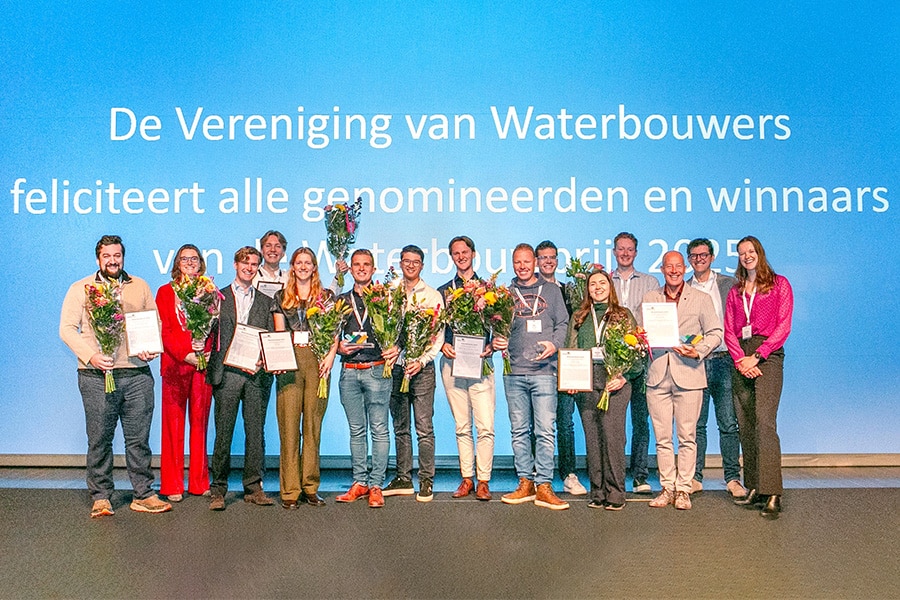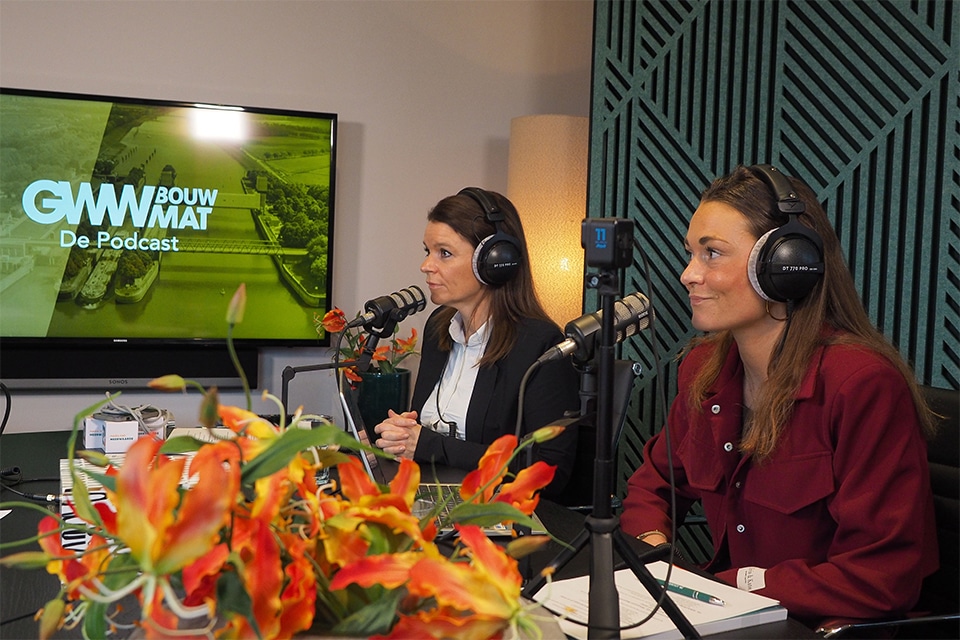
Comparative goods study of solar bike lanes
On the initiative of the province of Noord-Brabant, a trial is being conducted on the N395 with three types of solar bike paths. One of these is SolaRoad, a concept that has already proven itself on a large scale and produces electricity for, say, 45 households near the Utrecht town of Maartensdijk.

So SolaRoad is by no means a new concept. "The first trial section dates back to 2014 and in the years before that the concept was subjected to extensive laboratory testing," says director Arian de Bondt. "So it is a proven technique. The trial section we installed on the N395 at the province's initiative is already the fifth generation of our product. We have made serious strides and solved many a teething problem. It has since become a fully-fledged product for bicycle paths."
Transparent glass beads
On the initiative of the province, three types of panels from three different suppliers have been installed in the bike path. In this way, the lifespan of the panels can be tested, but also how maintenance-friendly they are and what the influence of use and different weather conditions are on the panels. "We are of course happy to cooperate with this pilot," says De Bondt. "The three samples are in line with each other and experience the same thermal load. Just before Christmas 2021, we delivered the pilot section, consisting of two panels that feed the generated energy back to the grid. The SolaRoad elements are composed of a concrete slab topped with a pv panel and a top layer of transparent glass beads combined with an epoxy for the required skid resistance. One element is 3.52 meters wide (the standard size for a bike lane) and measures 2.80 meters in travel direction. Our solution, as mentioned, has already proven itself amply at home and abroad, and is resistant to all external influences, such as water, hail, frost and de-icing salts."
Easy placement
According to De Bondt, the SolaRoad elements are very easy to process, similar to an industrial slab. "Even the electrical connection of the elements with each other is a piece of cake and can be done simply by a street builder or municipal (maintenance) contractor. Making the connection to the grid does, of course, require an electrical installer. By the way, the cable is located in the element, so that, for example, a lawnmower on the verge cannot break the cable." De Bondt currently calculates an estimated yield of about 130 kWh per m2 per year. He sees a solar bike path as one of many options for generating energy, along with panels on roofs, on facades and other supports. "We need it all in the end in the energy transition," he said.
SolaRoad's ambitions are not small. "The infrastructure sector is not used to industrial, serial production. As a result, products are unnecessarily expensive. Our goal is to eventually make the elements truly factory-produced, which will allow us to reduce the price significantly. Moreover, our solution does not take up any of nature, as solar parks do. After all, the bike path is already there. A win-win."




